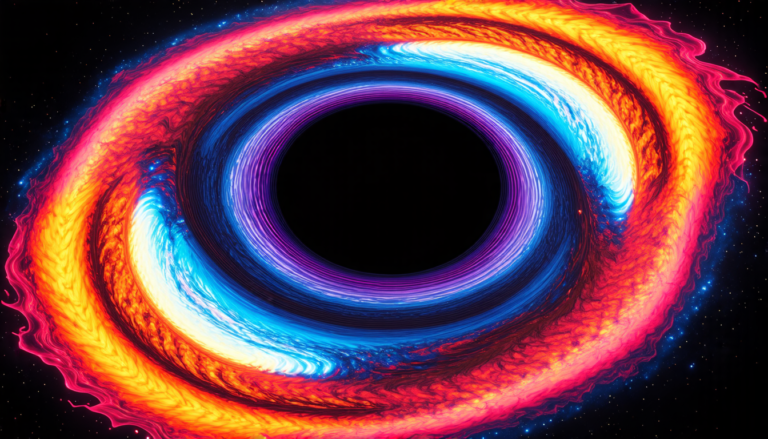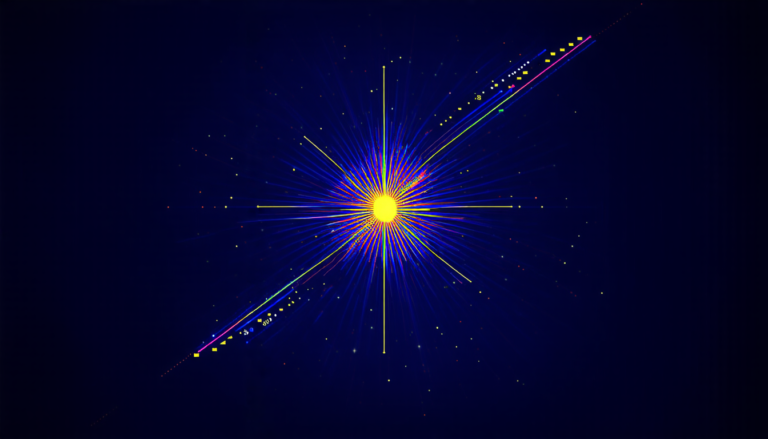Thursday 10 April 2025
The Roper resonance, a phenomenon that has puzzled physicists for decades, is finally beginning to yield its secrets. This enigmatic state of the nucleon, the building block of atomic nuclei, has long been shrouded in mystery, with researchers struggling to understand its true nature.
At its core, the Roper resonance is an excited state of the proton or neutron, which makes up the nucleus of an atom. But unlike other excited states, it doesn’t seem to behave as expected. Instead of being a simple extension of the nucleon’s normal properties, the Roper resonance appears to be a dynamically generated state, created by the interactions between the nucleon and surrounding particles.
Researchers have been using a variety of approaches to study the Roper resonance, from complex theoretical models to cutting-edge computer simulations. But despite these efforts, many questions remain unanswered. For example, what exactly is the Roper resonance’s composition? Is it primarily made up of quarks and gluons, or does it involve other particles as well?
Recently, a team of scientists has made significant progress in understanding the Roper resonance using a technique called Hamiltonian Effective Field Theory (HEFT). This approach involves simulating the behavior of subatomic particles using complex mathematical equations, which are then used to make predictions about the properties of the Roper resonance.
By analyzing the results of these simulations, researchers have been able to gain valuable insights into the Roper resonance’s behavior. For example, they’ve found that it’s not a simple, single-particle state, but rather a complex interplay between multiple particles and forces.
The implications of this research are far-reaching, with potential applications in fields such as nuclear physics and particle accelerator technology. By better understanding the properties of the Roper resonance, scientists may be able to improve our ability to predict the behavior of subatomic particles, which could lead to breakthroughs in areas such as energy production and medical imaging.
But the significance of this research goes beyond its practical applications. It also speaks to a deeper question about the nature of reality itself. At the most fundamental level, the Roper resonance is a manifestation of the intricate web of forces and particles that govern our universe. By studying it, scientists are gaining a better understanding of these forces and how they shape the world around us.
As researchers continue to probe the mysteries of the Roper resonance, they’re uncovering a fascinating landscape of complex interactions and subtle relationships.
Cite this article: “Unlocking the Secrets of the Roper Resonance: New Insights from Hamiltonian Effective Field Theory”, The Science Archive, 2025.
Nucleon, Roper Resonance, Excited State, Proton, Neutron, Quarks, Gluons, Hamiltonian Effective Field Theory, Subatomic Particles, Particle Accelerator Technology







